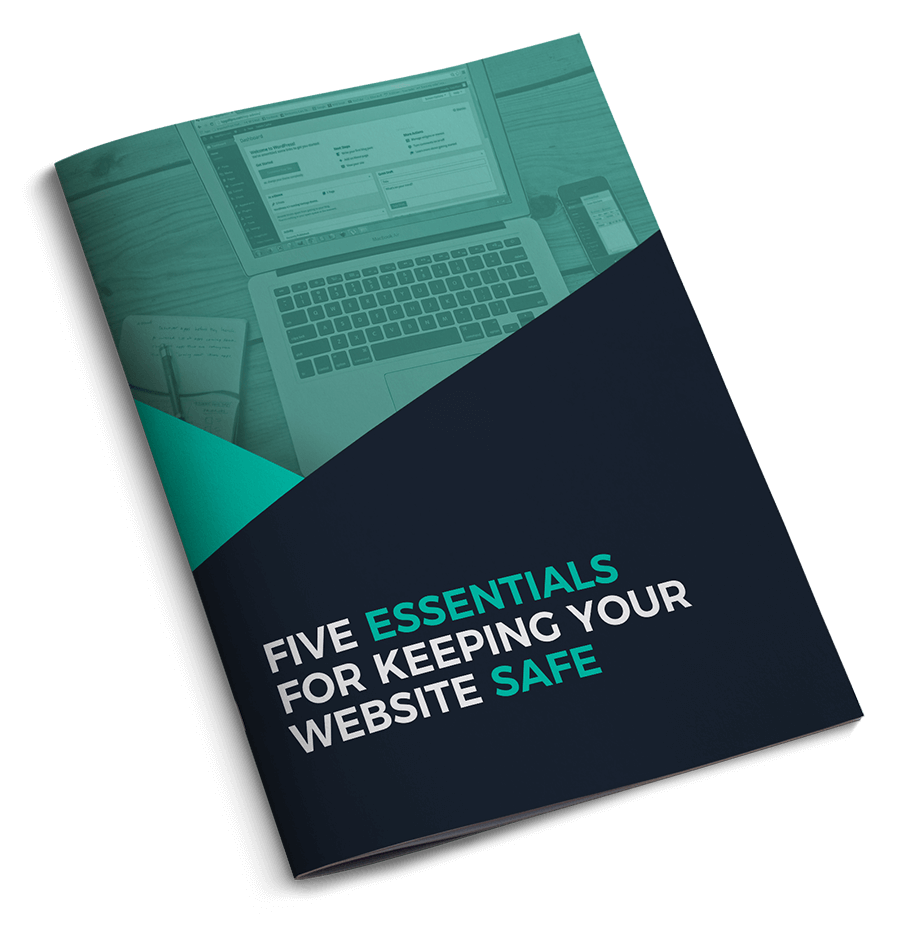If you're getting a high bounce rate, it indicates that something on your website (i.e. slow loading speed, poor formatting, etc.) is forcing a majority of users to leave too early before they take the specific action you'd like them to take.
This is terrible for business since your web visitors are leaving before you get the chance to turn them into customers. Here are five things you can do to reduce your bounce rate:
1. Optimize Your Site Speed
It's easy to assume that something is wrong with your content if you're getting a high bounce rate. However, this isn't always the case. Serious problems can occur even before visitors have the opportunity to read your content.
One of those problems is a slow-loading web page. If your site takes forever to load, visitors can't read your content no matter how great it is.
Most people don't have the time or patience to wait for a slow site to load. They'll simply exit your site and move to a competitor site that loads faster.
To prevent this from happening, you need to analyze your site speed to know if it needs improvement. Tools like Google Page Speed come in handy for this purpose.
If you find that your site takes longer than 3 seconds to load, you have to speed it up to lower your bounce rate. Some of the ways to speed up your site include:
– Optimizing your images
– Adding better caching to your site
– Switching to another hosting provider that's faster
2. Format Your Content to Improve Readability
If you've visited a web page only to be met by huge chunks of text, you understand how visually intimidating it is to a reader.
Poor formatting overwhelms readers, forcing them to look for the information they want elsewhere. On the other hand, good formatting makes it easier for readers to find the information they're looking for faster, which, in turn, enhances their user experience.
The less work users have to do to find what they're looking for, the longer they'll stay on your site.
Here are some formatting tips that will make your content easier to scan and read:
– Create spaces between words, lines, and paragraphs
– Make your headline more noticeable by bolding it and using a bigger font size.
– Use subheadings, bullets, and numbered lists to increase readability
– Use images, videos, charts, screenshots, and quotes from industry experts where appropriate to increase user engagement.
3. Include a Clear and Compelling Call-to-Action (CTA)
Some websites also have too many call-to-actions that confuse and overwhelm readers, while others don't have a single CTA. Both of these reasons can cause readers to exit your site sooner, leading to a high bounce rate.
This is why it's critical that you include a single and clear CTA that readers can find effortlessly. The more relevant and compelling your CTA is, the more time they'll spend on your site acting on it.
4. Optimize for Relevance
Content irrelevance is another factor that often contributes to a high bounce rate. If you're serving your readers content that's not relevant to their search query, there's a 100% chance that they'll bounce as soon as they land on your site.
For this reason, you should always ensure that every visitor who comes to your site finds exactly what he or she is looking for.
It doesn't matter whether they want more information on a topic they're interested in or they want to purchase one of your products, you should always make your page relevant to their needs. The more relevant and useful your content is, the more time they'll spend on your site.
5. Optimize for Mobile
Lastly, you should make your site mobile-friendly if you want to lower your bounce rate. We are in an era where so many people are accessing the web through their mobile devices, and these mobile users are your potential customers.
That means that if you fail to optimize your site for mobile, all of these people won't be able to read your content. Consequently, you'll lose the opportunity to convert them into customers and increase your revenue.
Sure, there's a lot of time, effort, and resources that go into optimizing your site for mobile, but the end results will be all worth it. With a mobile-friendly site, you're likely to see an increase in your traffic, page views, SEO rankings, user engagement, and conversions, among others.
Another thing that goes hand in hand with mobile optimization is page load time. If your site is accessible on mobile but loads very slowly, users will still bounce. So, you should look into your site speed as well.
If you implement these simple tips and stay consistent, you'll see a gradual increase in the time visitors spend on your site reading your content. Every extra second spent on your site goes a long way in reducing your bounce rate.


